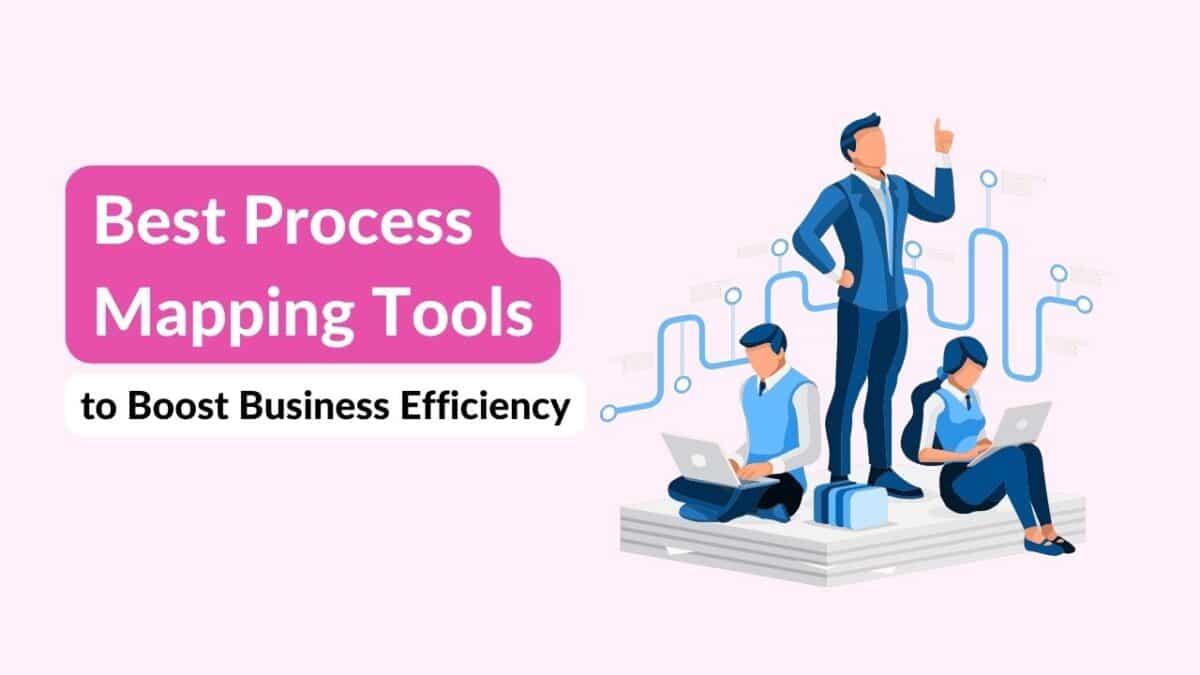About 60% of top development companies are using 360 degree feedback for both development and decision making for high-potential identification, confirmation of potential, and succession planning purposes – Bracken and Church(2013).
360 degree feedback, also sometimes referred to as multirater feedback, is a process where everyone the employee has worked with provides feedback for the employee. In this process, feedback is not only collected from the managers but several stakeholders such as direct reports, peers, senior leadership, customers, vendors, etc. It presents an overall clear picture of an employee’s performance, behavioural skills, and competency.
A 360 degree feedback, when implemented in the correct way, works wonders for employee growth. It not only to improves self-awareness and enhances employee engagement but also helps in improving employee productivity and retention. Moreover, it helps in understanding the training and developmental needs of the employees.
But it is a tedious process since it involves collecting data from multiple sources and then analyzing it. Thus making it difficult for organizations to implement it till the end.
Here are some tips to make the process simple.
Know The Objective
Knowing the purpose or the objective is perhaps the first and most important step towards conducting a successful 360 degree feedback. The senior leadership and the HR managers of the organizations should be able to answer three simple questions before starting the process.
- Why do they want to implement it?
- How do they plan to use the results?
- How do they plan to conduct it?
Once the leadership and management have a clear idea about the process, it would be easier to implement it.
Also Read: The Importance Of 360 Degree Feedback For Healthcare
Pre Decide The Competencies
As companies differ from one another in terms of employee size, value, work culture, and ethics, it is essential to determine the competencies to be measured in a 360 degree feedback. The best way is to make a list of competencies to be evaluated before the process starts. The 360 degree feedback survey should include questions based on organizational and self-improvement competencies. Some of the skills on which the survey questions could focus are:
- Leadership skills
- Problem-solving
- Interpersonal Skills
- Motivation
- Efficiency
- Engagement
- Teamwork
Communicate To Everyone
Communication plays a crucial part in the success and effectiveness of a multirater or 360 degree feedback process. The leadership should clearly communicate to the stakeholders about the scope of the process, how they plan to collect the feedback and how they will use the results. Everyone who will be a part of the process should understand that it will be used for developmental purposes and not to evaluate performance. The employees should be given appropriate training on how to share constructive feedback.
Also Read: How Important Is Feedback In Today’s World?
Participant Selection
Participant or rater selection is as important as communicating the process to everyone. For feedback to be relevant and useful, reviewers or raters must have a working relationship with the reviewee. Reviewers can be someone who is working in the organization or someone from outside. They include a list of people such as managers, peers, leadership, subordinates, vendors, customers, etc. Additionally, there should be a good number of reviewers for each reviewee to receive comprehensive data for their development.
Test With A Pilot Group
If you are rolling out 360 degree feedback for the first time in your organization, conduct a pilot process. Conducting a pilot process with a small group will help you identify problems easily and nip them in the bud. Moreover, it will help in identifying the usefulness and effectiveness of the process. It reduces the chances of any issues cropping up in the future. Take feedback from all the members of the pilot group to improve the process.
Also Read: Why Every Should Practice Continuous Feedback?
Choose The Right 360 Degree Feedback Software
Selecting and investing in the correct 360 degree feedback software plays a crucial part in the success of the process. Here are some of the features which an ideal software should have:
- Simple and easy to use so that employees don’t require training
- Should support customization as per organization needs
- Robust so that data stays secure and confidential
- Supports easy integration
- Round the clock customer support
Here’s an article in which we discuss a checklist for choosing the right 360 degree feedback software.
Report And Action Plan
Once everyone has shared their feedback, it is time to generate the reports and share them with employees. Based on the report generated, skill gaps and blindspots should be identified and discussed with the employees. For example, an employee might lack team-management skills. As a part of the action plan, employees should take up training, internal or external workshops, conferences, coaching exercises, mentoring programs, etc., to develop their skills. Without a proper action plan, the complete process of 360 degree feedback would be ineffective.
Want to know how Engagedly can help you with implementing 360 degree feedback? Then request for a live demo
Request A Demo
Kylee Stone
Kylee Stone supports the professional services team as a CX intern and psychology SME. She leverages her innate creativity with extensive background in psychology to support client experience and organizational functions. Kylee is completing her master’s degree in Industrial-Organizational psychology at the University of Missouri Science and Technology emphasizing in Applied workplace psychology and Statistical Methods.





